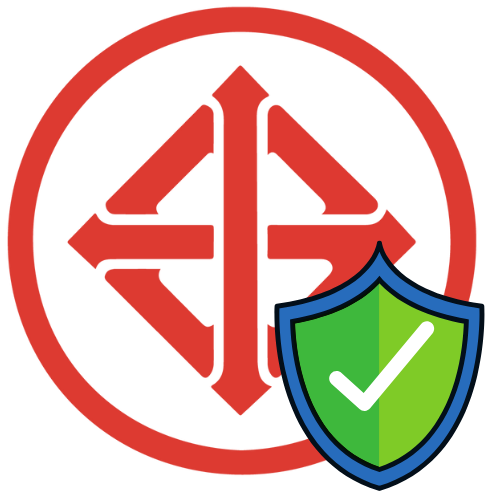Implementing an RFID (Radio Frequency Identification) system in Thailand requires compliance with relevant legal requirements and technical standards to ensure proper, safe operation without interfering with existing wireless systems. This article summarizes the basic guidelines under Thai law, including frequency ranges, power limits, technical standards, and installation precautions—serving as a reference when planning and deploying an RFID system.
1. Legal Scope of RFID Usage (NBTC)
RFID systems must operate within frequency bands designated by the National Broadcasting and Telecommunications Commission (NBTC):

| Below 135 kHz |
| 13.553 – 13.567 MHz |
| 433.05 – 434.79 MHz |
| 920 – 925 MHz (most commonly used in Thailand for UHF RFID in factories and warehouses) |
| 2.4 – 2.5 GHz |
| 5 GHz |
2. Frequency Band 920–925 MHz: Ideal for Indoor RFID Stations
For the 920–925 MHz band:
| Transmission Power | Conditions | Notes |
| ≤ 50 mW (EIRP) | No license required | Immediate indoor use allowed |
| >50 mW up to 4 W (EIRP) | License required from NBTC | Necessary for long-range coverage or large indoor areas |
Note: EIRP = Effective Isotropic Radiated Power
3. RFID Equipment Technical Standards
Devices must comply with standards such as:

- FCC Part 15.247 or 15.249 (U.S. standards)
- ETSI EN 302 208 (European standard covering 920–925 MHz)
Equipment must also undergo safety testing:
- IEC 60950‑1 or TIS 1561‑2556 (Thai standard) for electrical safety
- Limits on radio wave radiation to protect human health

4. Certification Requirements
- For devices transmitting ≤ 50 mW EIRP
A Supplier’s Declaration of Conformity (SDoC) is sufficient—no license required, but conformity must be declared. - For devices transmitting > 50 mW up to 4 W EIRP:A Category A license from the NBTC is mandatory.
5. Indoor Installation Precautions
- Ensure transmission power stays within limits to avoid interfering with other wireless systems (e.g., Wi‑Fi, Bluetooth).
- If deploying multiple antennas, perform careful frequency planning to avoid mutual interference.
- Install devices to minimize health impact by maintaining safe distances from areas heavily occupied by people (such as workstations).
Summary of Key Guidelines
- Use RFID equipment operating in the 920–925 MHz band.
- Keep transmission power at ≤ 50 mW EIRP to avoid needing a license.
- Provide an SDoC to demonstrate conformity with standards.
- Plan antenna placement and power settings appropriately for indoor environments.
